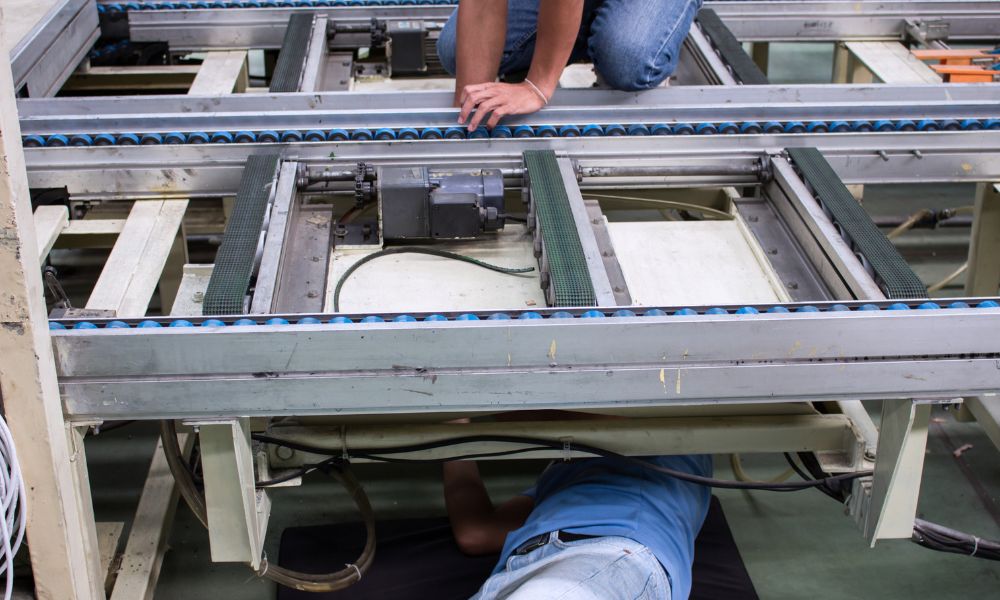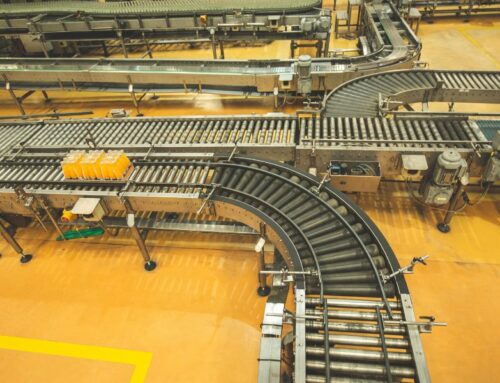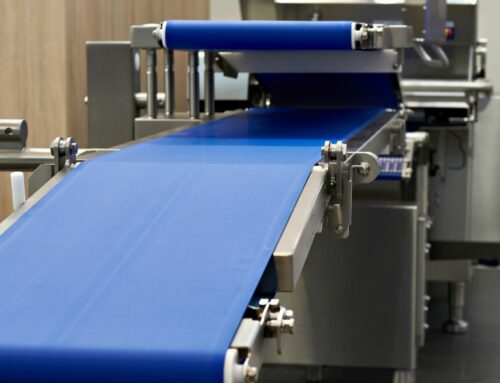
Conveyor systems are a staple for many industrial and manufacturing businesses. They help move products and materials along the production line, saving time and labor. However, conveyor belts eventually become worn and damaged, leading to disruptions in production. Let’s take a closer look at how the conveyor system belt is replaced, helping you understand the process and the time it takes.
Inspect the Conveyor Belt and System
Before replacing a conveyor belt, the first step is to assess the belt’s condition and the entire conveyor system. Safety should be the top priority when inspecting the belt and system, as it ensures the effective performance of the replacement process. Check for any debris or damage to the system to decide whether to repair or replace the belt.
Remove the Old Belt
If you decide the belt needs replacement, the next step is to remove the old belt carefully. Doing this will require entirely powering off the conveyor system and implementing lockout-tagout to prevent random powering. Upon shutdown, systematically remove the drive pulley from the belt discharge and the conveyor roller. Afterward, loosen the belt tension using crimpers, then cut the belt with a knife or electric shears.
Install the New Conveyor Belt
After removing the old belt, the next step is to install the new conveyor belt. A certified technician should always install a new belt to avoid injuries or improper installations. The technician should feed the belt onto the conveyor system, ensuring the track’s even tension before attaching the final splicing touches for seamless integration.
Perform Final Inspection and Testing
Once you install the belt, it’s time for the final inspection to ascertain the conveyor system’s and the new belt’s proper function. The goal is to ensure the belt isn’t sagging, loaded with undue weight, or turning away from the intended handling path. The technician should perform a load test with salvaged or scrapped materials to visually and manually ensure everything functions.
Restart the Conveyor System
The final step is to restart the conveyor system and allow it to run. Check the ability of the conveyor belt’s locomotion, speed, and tension as it moves the products through the production line. Ensure you properly align the drive pulley with the conveyor belt for a smooth system.
This look at how a conveyor system belt is replaced demonstrates the importance of experience, attention to detail, and extreme caution to ensure safety. Although it’s a time-consuming exercise, keeping the conveyor system functioning efficiently is necessary. So if you notice any signs of damage to your conveyor system belt, enlist the services of certified technicians for appropriate repair or replacement. With a proper conveyor belt replacement, you can prevent production delays and ensure your materials’ safe and flawless transportation.
If you need a horizontal belt conveyor, Redline Systems offers the best quality conveyors for many industrial and manufacturing businesses. Redline’s products have the highest safety, efficiency, reliability, and durability standards. Try out any one of Redline’s conveyors to help streamline your production process.



